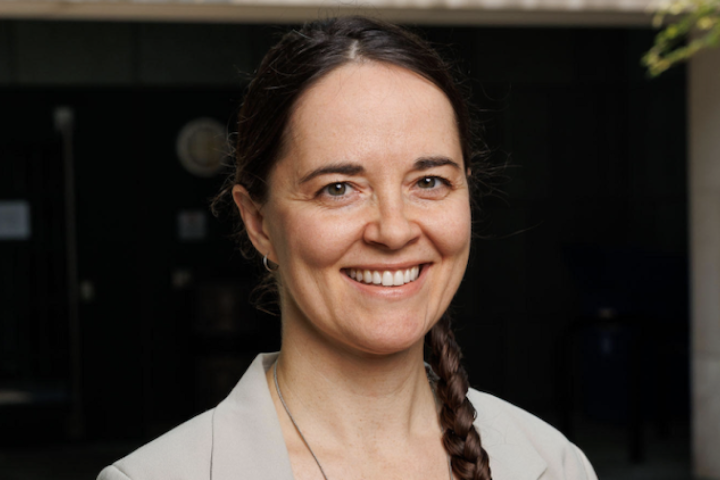
Analyzing Employee Organizing in Social Change Non-Profits
By Brendan C. Klein ILR ’23, J.D. ‘26
In the last decade, a growing number of legal aid, political advocacy, and research organizations – dubbed, “social change” non-profits – have been organized. Household names like Amnesty International, Jobs with Justice, and the American Civil Liberties Union have joined this rising tide of unionization.
Although the directors and managers of such non-profits often support the labor movement, they may balk when their own workers demand more. Leading these organizations requires deep commitment and long hours while relying on tight, closely scrutinized budgets with conditional funding. Frequently, employers in this sector have sacrificed opportunities to work for more money or with better benefits and expect their employees to make similar sacrifices for the good of the organization’s mission. These leaders, who strive to carry out their organization’s mission responsibly and effectively, may be surprised and concerned when their employees choose to unionize.
Two years ago, I joined Sally Klingel, Director of Labor-Management Relations Programs and Ellen Gallin-Procida, Director of Public Sector Labor-Management Relations Programs at the Scheinman Institute, to track collective bargaining in social change organizations. Specifically, we are analyzing language from the collective bargaining agreements of non-profits to better understand the construction of their labor-management relationships and how these workers’ bargaining outcomes differ from their peers in the for-profit and public sectors.
As of September 2023, we have reviewed more than 60 collective bargaining agreements (CBA’s) negotiated by unions including the Washington Baltimore News Guild, OPEIU 8, and the Non-Profit Employees Union, as well as several other national unions and independent unions. As word of our project has spread, many organizations and unions have assisted us by voluntarily contributing their CBA’s, furthering our secondary goal: to create a confidential, indexed database of social change non-profit CBA’s to promote further research in this area.
As we prepare to evaluate our data using advanced statistical software, we can confidently describe some prominent trends.
First, workers at social change non-profits, like their peers in other sectors, are demanding more voice in the workplace. We have seen provisions giving workers opportunities to participate in hiring decisions, plan budgets, and evaluate their supervisors and coworkers. We have not seen employees successfully bargain for a seat on their organization’s board of directors, but we have seen language permitting them to attend and participate in board meetings.
Second, workers are promoting gender and racial justice within their organizations. This has been achieved structurally by establishing minimum quotas for diversity in job applicant pools or conducting annual pay-equity audits, and culturally by mandating sensitivity training or granting paid leave for a greater range of holidays.
Third, workers are emphasizing their mental health and well-being. We have observed contractual language allowing workers to define their own “work-life balance” through flexible scheduling and remote work options, competitive paid-leave benefits, and extensive anti-bullying and harassment procedures.
These are just some of the findings emerging from our research. Our statistical analysis will reveal less evident correlations and connections between the variables we have studied. With our comprehensive results in hand, we plan to publish short, digestible research briefs to guide labor, management, and academics in navigating this sector.



